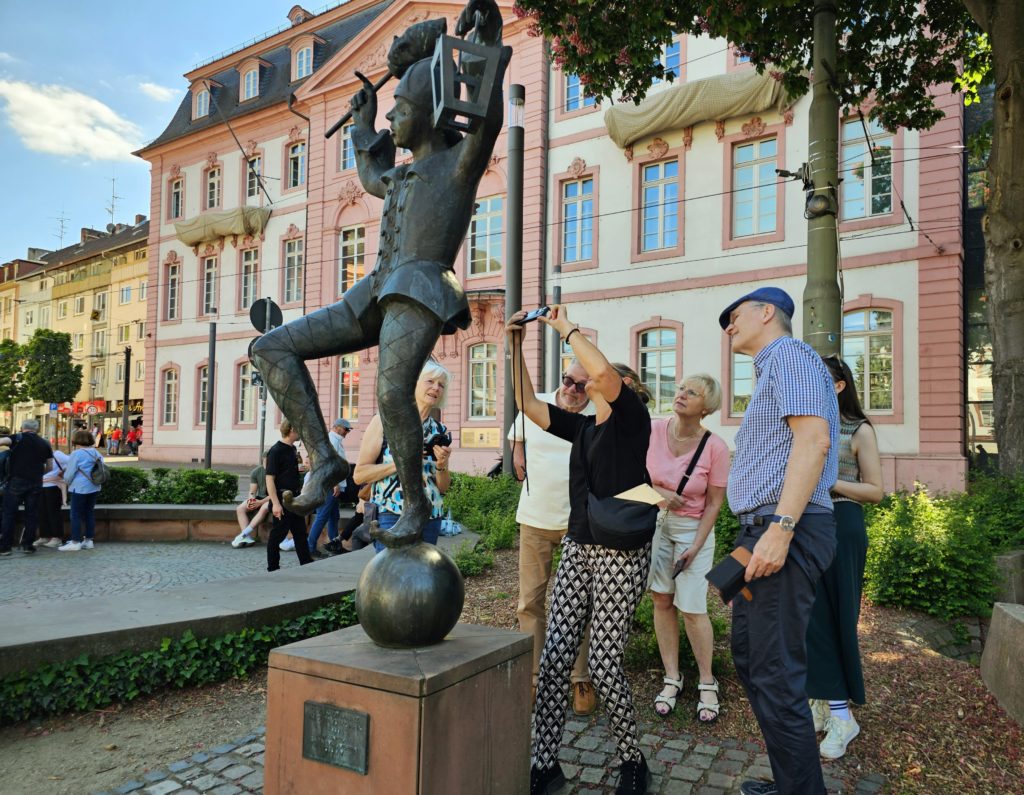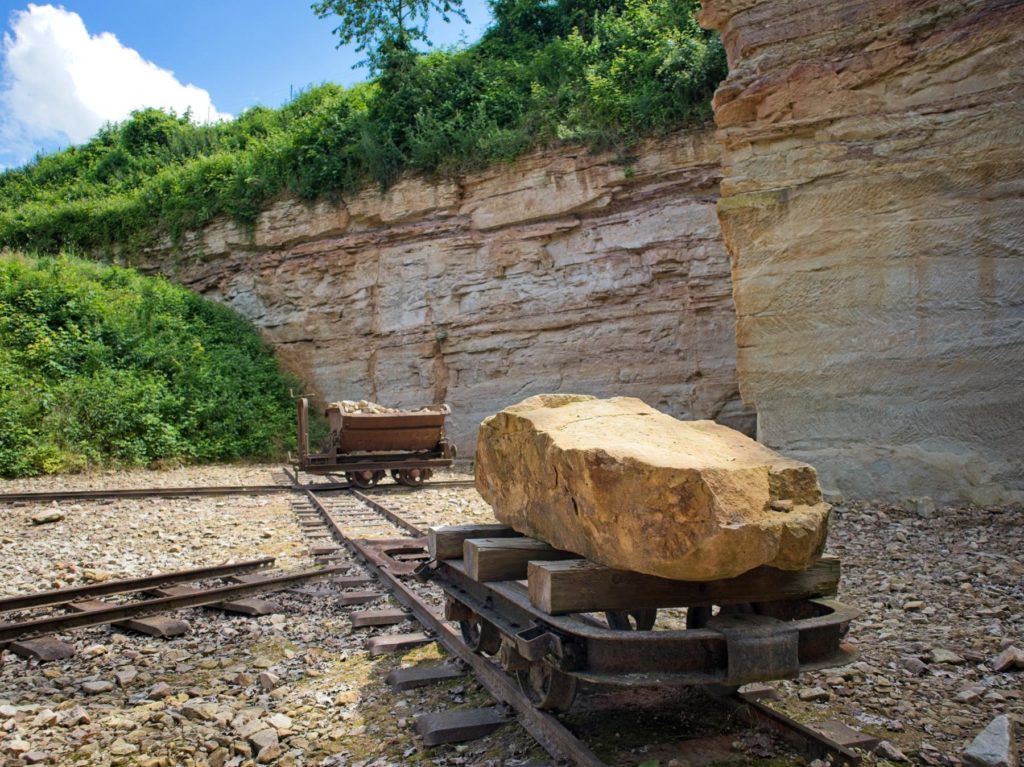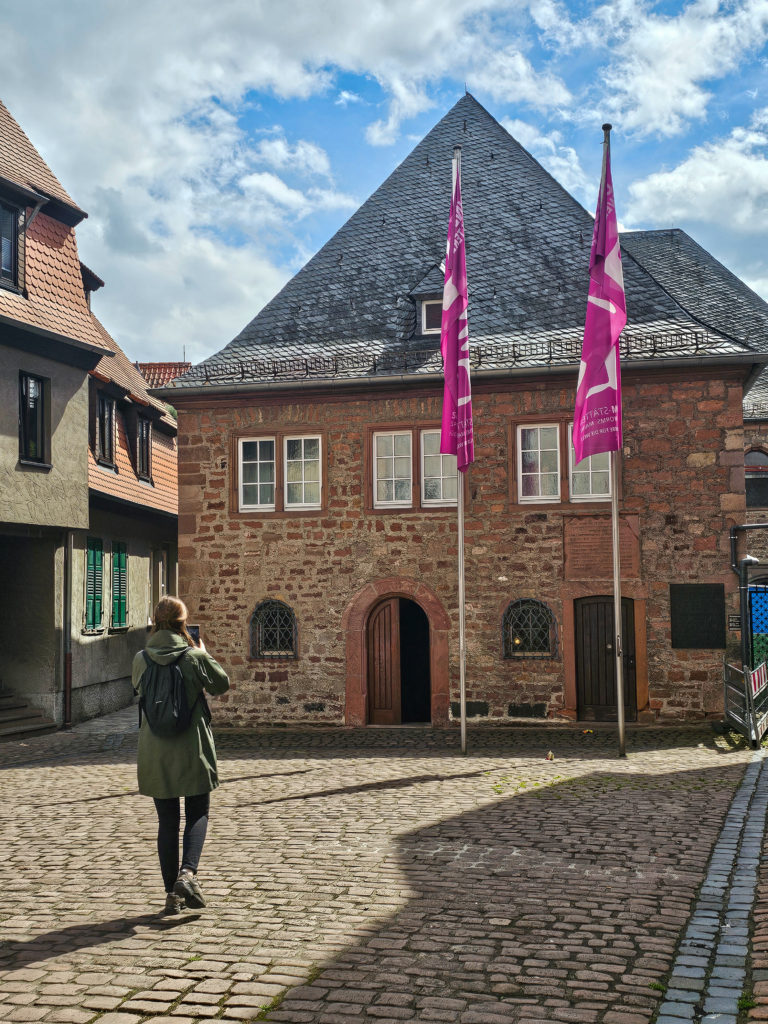Since 2009, the Middle High German Song of the Nibelungs has been officially entitled to call itself a "World Documentary Heritage" and has since been classified by UNESCO as a significant document that must be preserved. The people of Worms, however, knew about the important significance of "their" Nibelungslied even before this official designation. Worms and the surrounding area are mentioned more than thirty times in the drama. No wonder, because the city on the Rhine is the seat of the Burgundian kings and this is also where the central events of this heroic story take place.
The Song of the Nibelungs, as we know it today, by the way, was written down at the beginning of the 13th century. However, the Nibelungen saga, which was spread in the Germanic and Scandinavian regions, is much older. It goes back to the time of the Germanic migration of peoples. The Nibelungenlied was then rediscovered in the 18th century and celebrated as the national ops of the Germans in the 19th and 20th centuries.

A search for traces in Worms
If you want to follow in the footsteps of the Nibelungs in Worms, then the Haus zur Münze in the city center is a good place to start. Where once stood the magnificent Worms town hall with life-size images of Kriemhild, Siegfried and the dragon, there is now the Siegfried Fountain. At the very top, the hero of the epic triumphantly sets his foot on the dragon. The fountain survived the air raids during the Second World War almost unscathed.
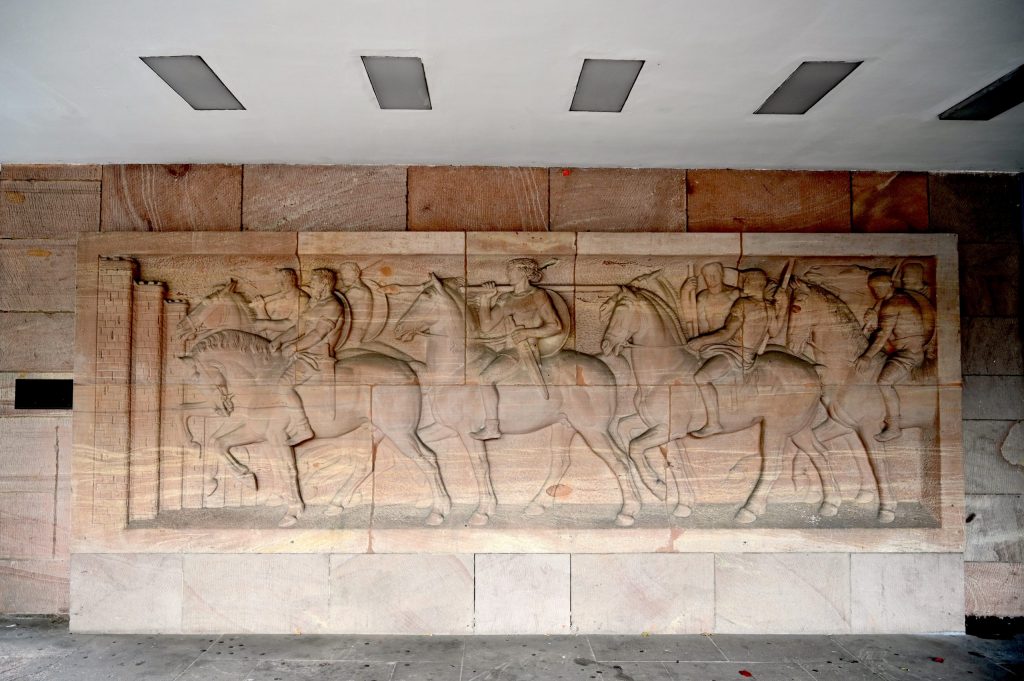
At the Haus zur Münze, a relief shows the dragon slayer of Xanten entering Worms with his companions. The sandstone relief by Georg Wrba was made for the Cornelianum, which stood on this site and was destroyed in 1945.
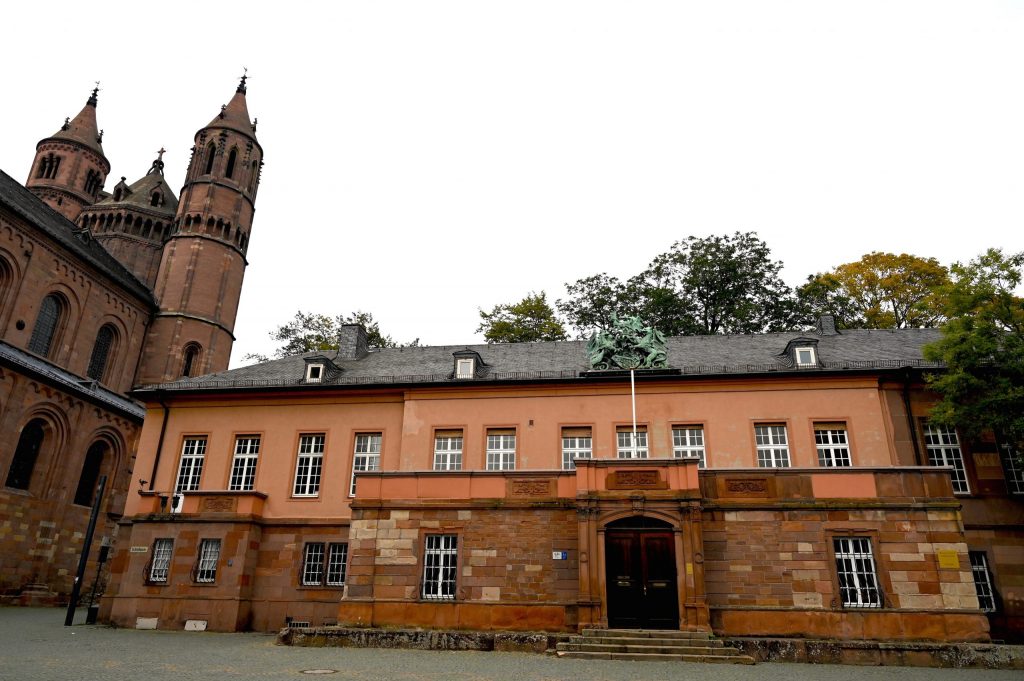
The Heylsschlösschen at the Schlossplatz is a palace at the adjacent park, which marks the place where the castle of the Burgundians might have stood. Definitely Charlemagne had a palace here. Afterwards, the bishop's palace was located in this place. In front of the north portal of the cathedral, which stands directly next to the Heylsschlösschen, the queens Brünhild and Krimhild are said to have fought out their dispute for supremacy in the land of the Nibelungs.
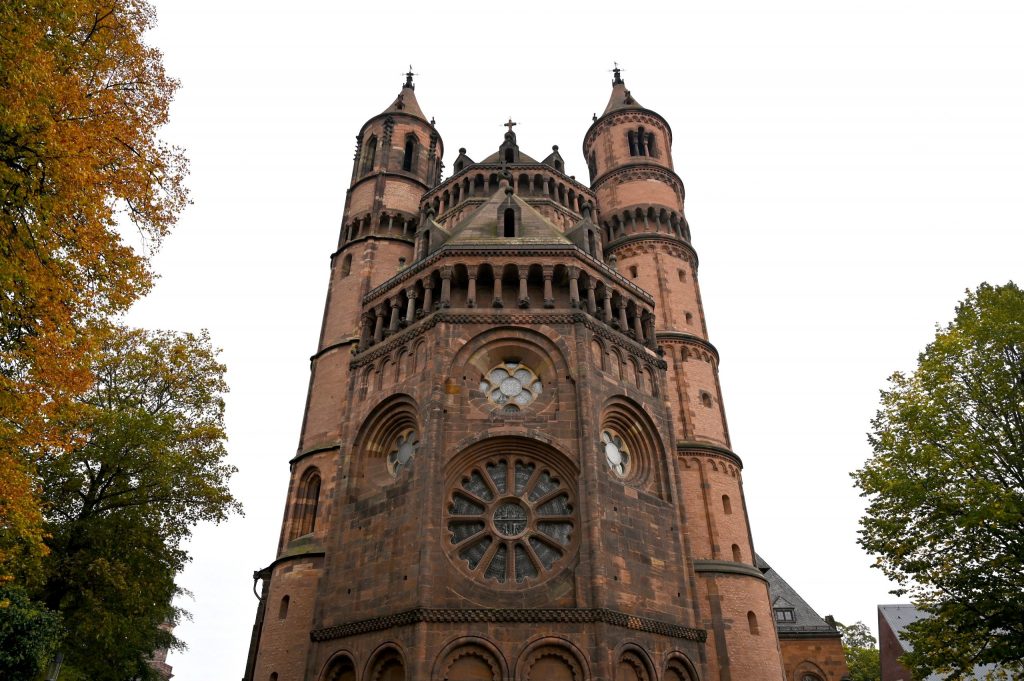
The Worms Cathedral is very worth seeing and furthermore it is also the backdrop for the Nibelungen Festival. Since its reestablishment in 2002, the theater festival has been held annually in summer on an open-air stage directly in front of the cathedral. On the west side of the cathedral lies the Siegfried Stone. Was the heavy boulder actually hurled there by Siegfried? Presumably, however, the stone is the counterpart of a tree grapevine.
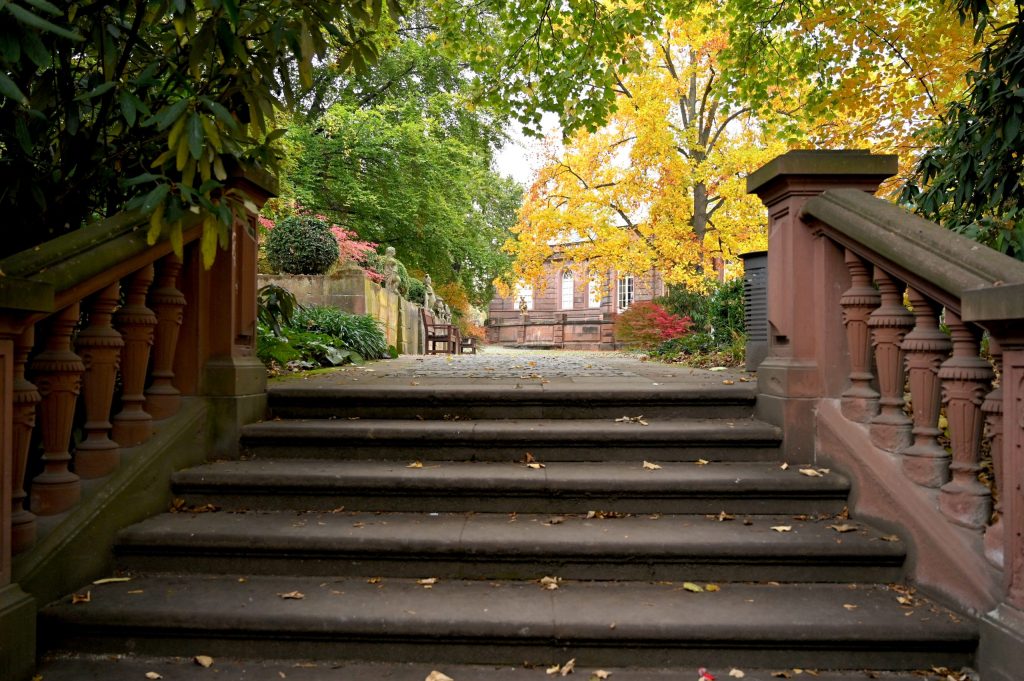
In the immediate vicinity of the cathedral and Heylsschlösschen is the Museum Heylshof with the beautiful Heylshof garden. During the Nibelungen Festival, this garden is used as a theater foyer. The premiere of the festival is also celebrated here. But the garden is also known for another historical person: this is where Martin Luther is said to have stood before the Diet of Worms and Emperor Charles V and refused to recant his theses. By the way, this historical event will be 500th anniversary in 2021. Reason for an extensiveiches program of exhibitions and events.
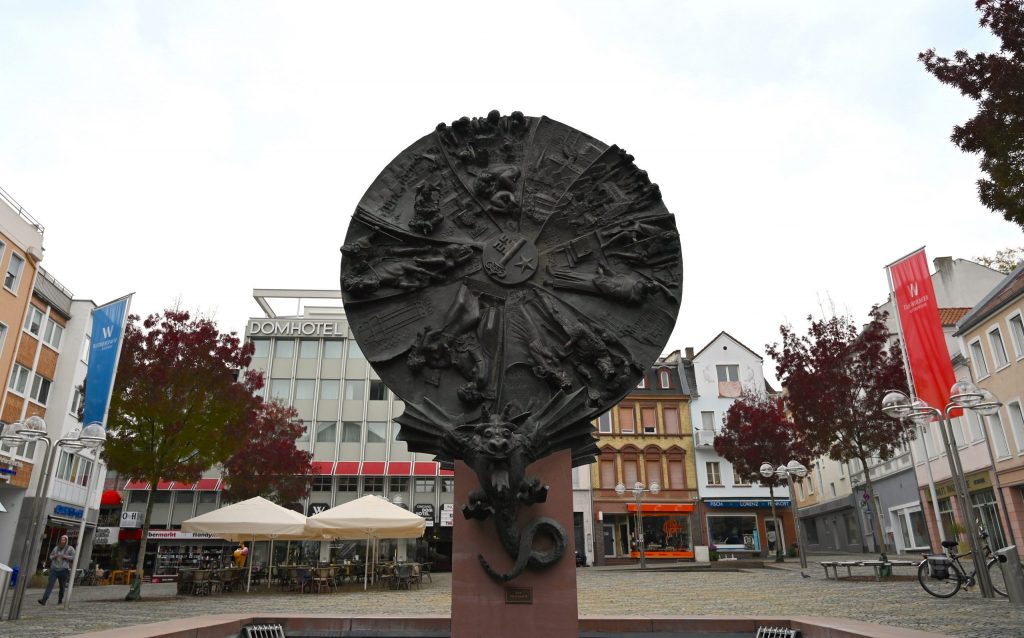
The central Obermarkt is home to the Wheel of Fate, designed by Worms artist Gustav Nonnenmacher. The bronze work of art shows the eventful history of Worms: historical events as well as scenes and people of the city can be discovered. Also depicted are the quarreling queens and their struggle for power over the Nibelungen land. The Obermarkt is a popular meeting place for the people of Worms.
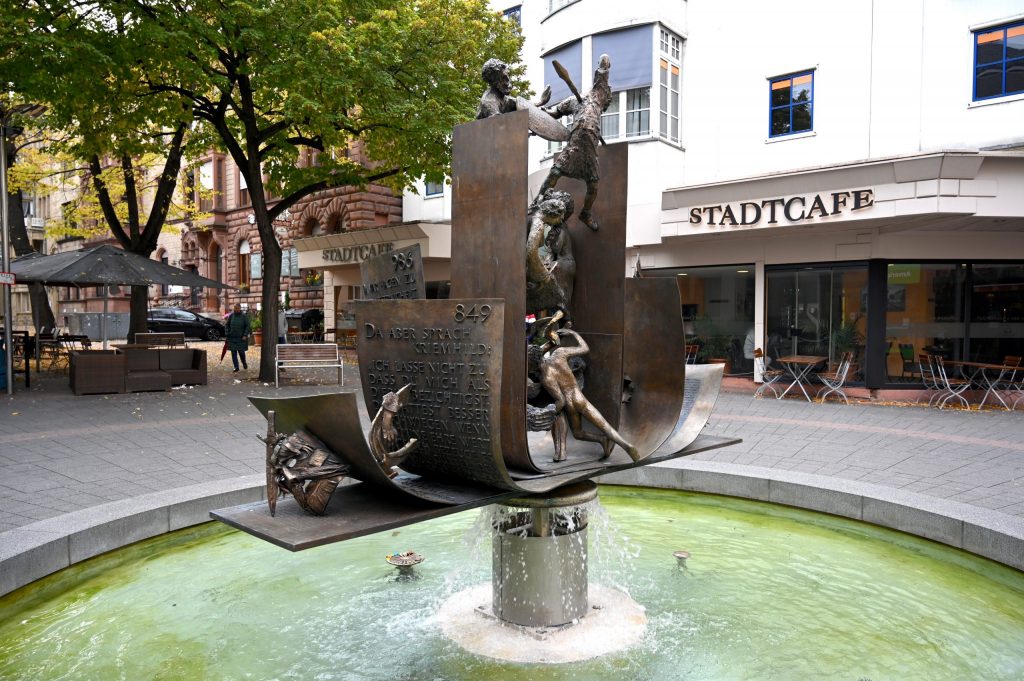
The Nibelungenlied fountain was also created by the sculptor Gustav Nonnenmacher. It is located in the Wilhelm-Leuschner- Straße, the pedestrian zone, which is also called "KW" for short, at the corner of Rathenaustraße. On the fountain the artist shows scenes of the Nibelungen saga and there are also some text passages of the Nibelungenlied to read.
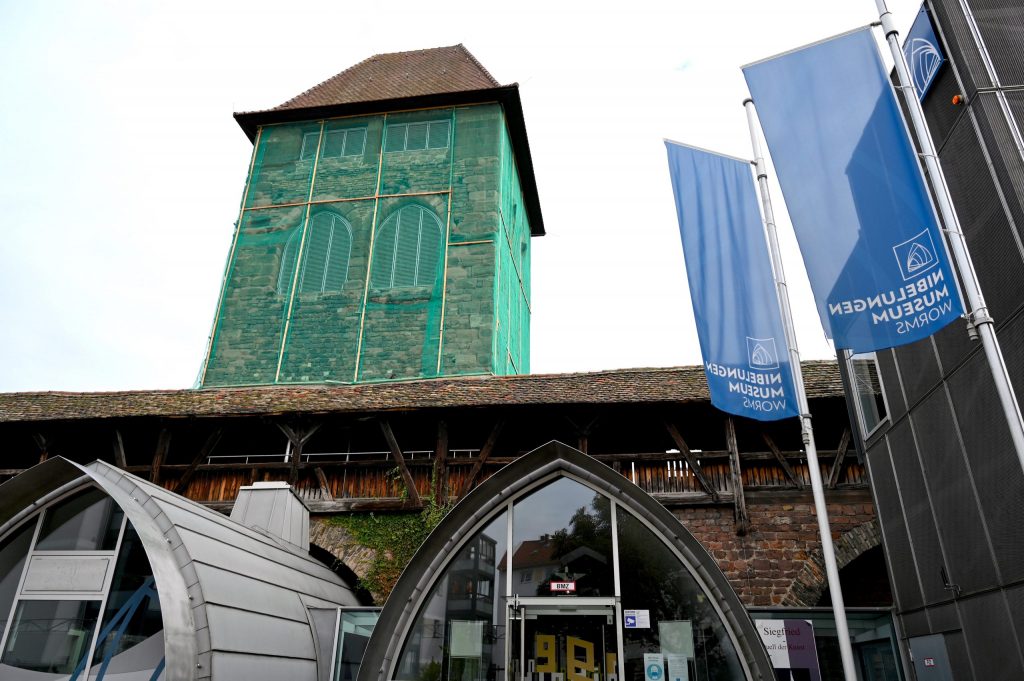
If you walk from the pedestrian zone to the market place and then further in the direction of the Rhine bank, you will come to the historic city wall. Directly at the Fischerpförtchen is the Nibelungen Museum. The multimedia permanent exhibition illuminates the mystical character of the Nibelungen saga as a "walk-in audio book". The underground myth laboratory offers information on sagas of the world. On the gate tower square in front of the city wall is "Siegfried's Grave", a work of art by the Worms artist Eichfelder.
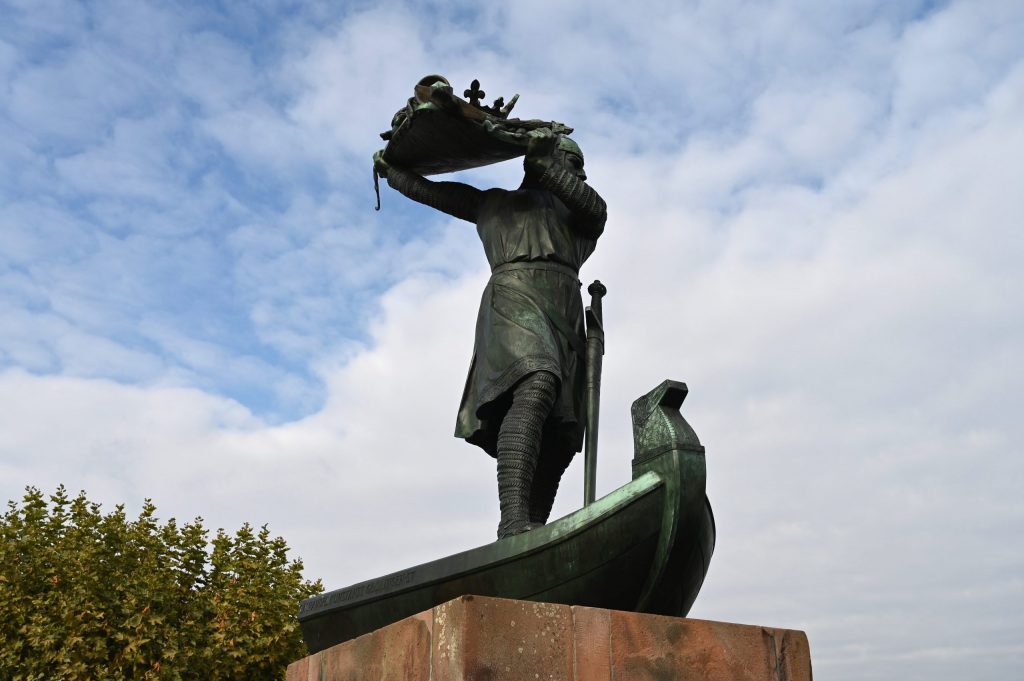
From the Nibelungen Museum it is only a few minutes' walk to the banks of the Rhine. Here, the Hagen Monument by Johannes Hirt (1905) commemorates the sinking of the Nibelungen treasure by Hagen von Tronje in Nibelungenland. But where exactly the Nibelungen hoard, the legendary and cursed treasure, is supposed to have sunk - it is not known.

The tour ends at the Nibelungen Gate on the Nibelungen Bridge. The bridge connects Worms in Rhineland-Palatinate with Lampertheim-Rosengarten in Hesse. The 53-meter-high gate tower on the left bank of the Rhine is now used as a hostel by scouts. Mighty and imposing, the Worms landmark is visible from afar.
More information for a visit to Worms is also available here:
https://www.worms-erleben.de/
The Nibelungen saga in a very abbreviated form:
After Siegfried has killed a dragon and captured the treasure of the Nibelungen, he arrives at the royal court in Worms. He wants to marry Kriemhild. King Gunther, Kriemhild's brother, agrees on one condition: Siegfried must help him win Brünhild as his wife. With the help of a magic hood, Siegfried is able to defeat Brünhild in three contests and Gunther takes her as his wife. Siegfried and Gunther commit adultery against Brünhild without her knowledge, whereupon she sinks into grief and hatred. Hagen von Tronje wants to avenge his mistress, he fatally wounds Siegfried in the vulnerable part of his back and sinks the treasure in the Rhine. Later Kriemhild marries the Hun king Etzel, she unleashes a battle between the Nibelungs and the Huns in which almost all die - including Kriemhild. This is the very abbreviated form of the drama.

